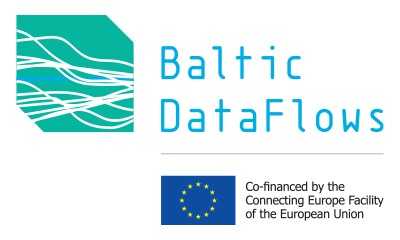
The HELCOM Metadata Catalogue and the ICES Metadata Catalogue are now harvested by the the ‘data.europa.eu‘ platform, also known as the European Data Portal (EDP). The EDP provides access to open data from international, EU, national, regional, local and geo data portals. Inline with the objectives of the BDF project, the EDP aims to improve accessibility and increase the value of open data. This is a significant step in the BDF project as it continues to ensure data is FAIR and made available to a wider community of users.
Both metadata catalogues make available over 2,000 datasets on the Baltic Sea marine environment. The HELCOM Metadata Catalogue with 913 datasets, and the ICES Metadata Catalogue with 1,436 datasets.
There are also a number of national metadata catalogues that are harvested by the EDP including the Latvian Open Data Portal and the Open Data Finland Portal, both featuring datasets on the Baltic Sea marine environment.
The harvesting of datasets via the EDP has been made possible following upgrades of both metadata catalogues under the BDF project. Upgrades have ensured consistency in metadata standards using a tool known as the Data Catalogue Vocabulary Application Profile (DCAT-AP). The DCAT-AP is a specification for metadata records to meet specific application needs of data portals in Europe while providing interoperability with other applications. This tool enables data re-users to get an overview of which datasets exist and are maintained, and further enables data providers to make datasets searchable and accessible across multiple data portals.
The EDP features a metadata quality assurance tool that evaluates the quality of harvested metadata based on dimensions of the FAIR principles. The full MQA methodology is available here. The results of the MQA tool offer guidance to data providers on how to further improve metadata quality. For example, the MQA evaluation of the ICES Metadata Catalogue suggests there is room for improvement. The BDF project will continue to improve metadata quality as more datasets are harvested to the EDP.
